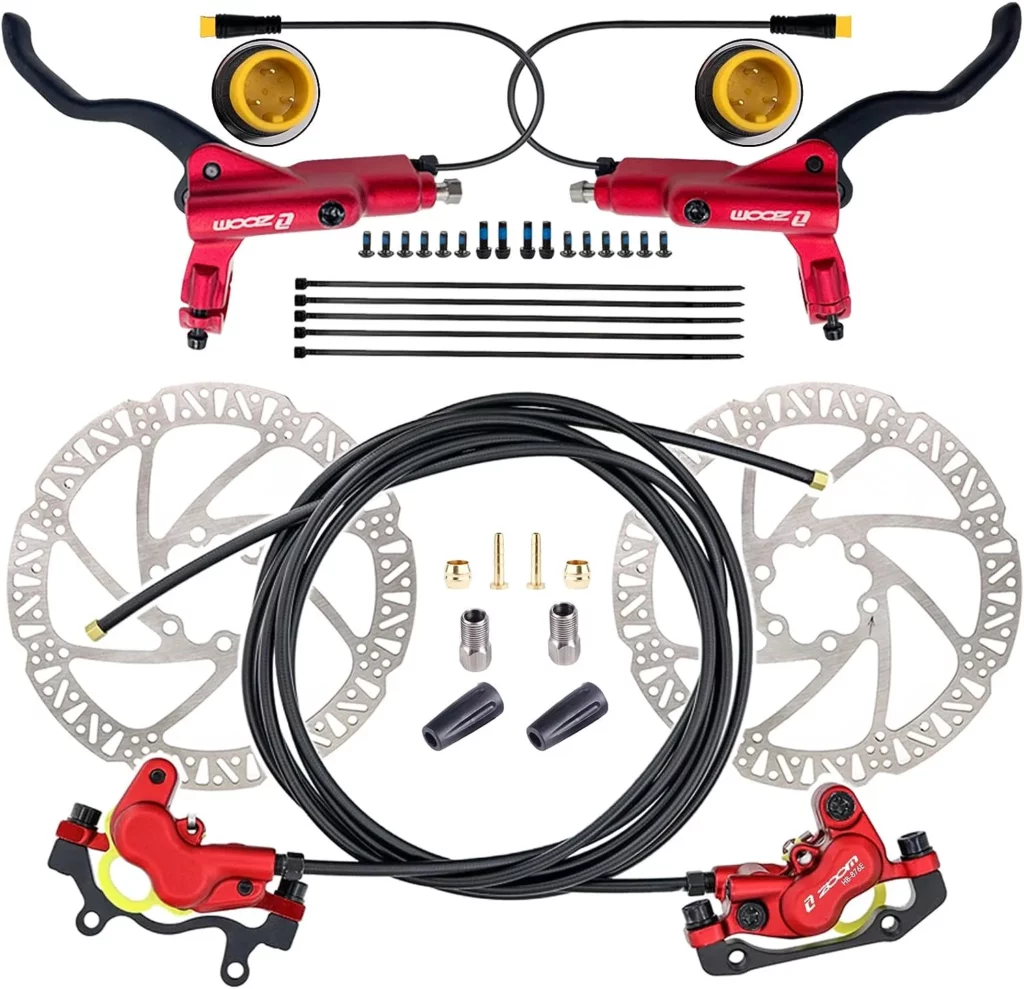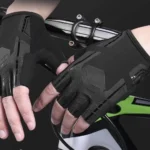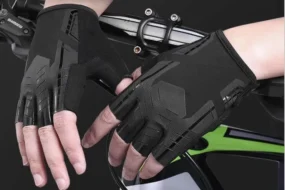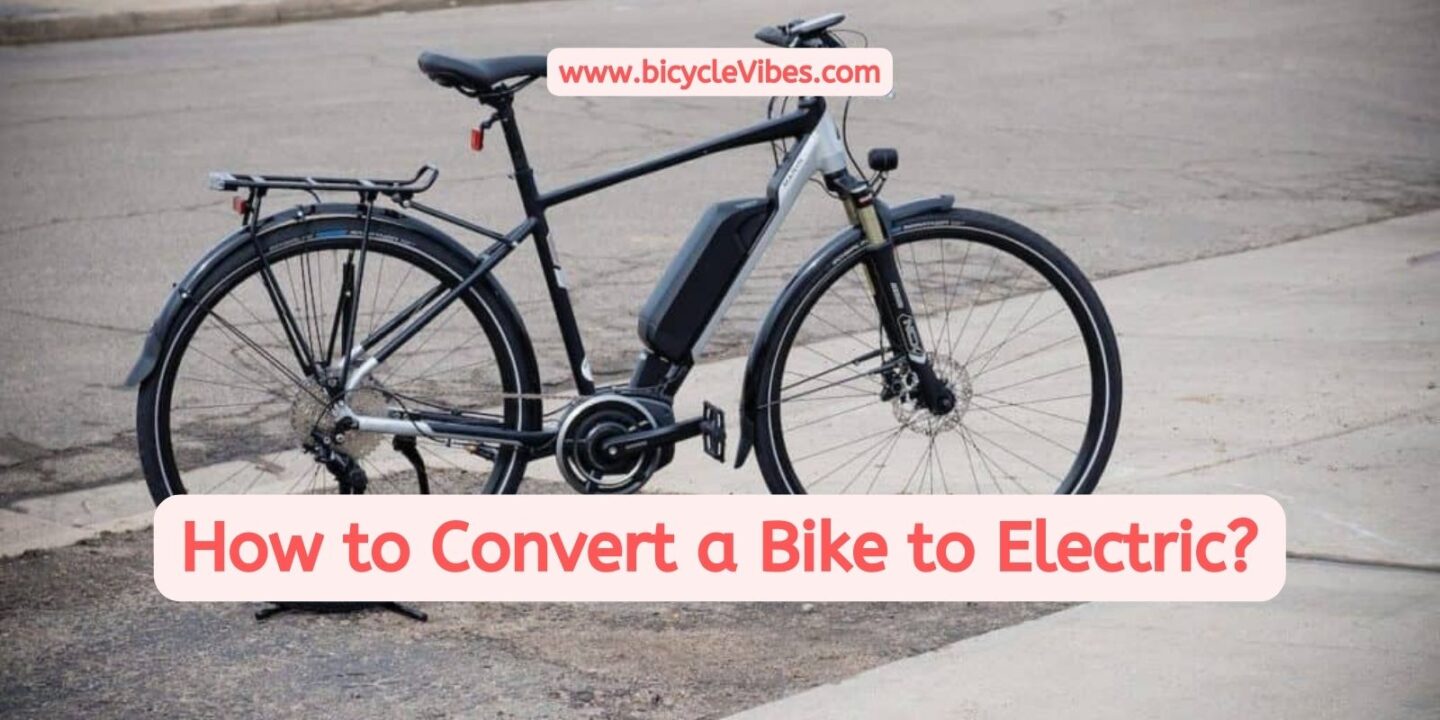
Many cyclists now find bicycle electrification appealing. It provides extra assistance during challenging rides, making longer journeys more manageable. This prompts the consideration of purchasing a new electric-assist bicycle (EAB).
Yet, there’s an alternative: converting your existing bike into an electric one.
Table of Contents
What is bicycle electrification?
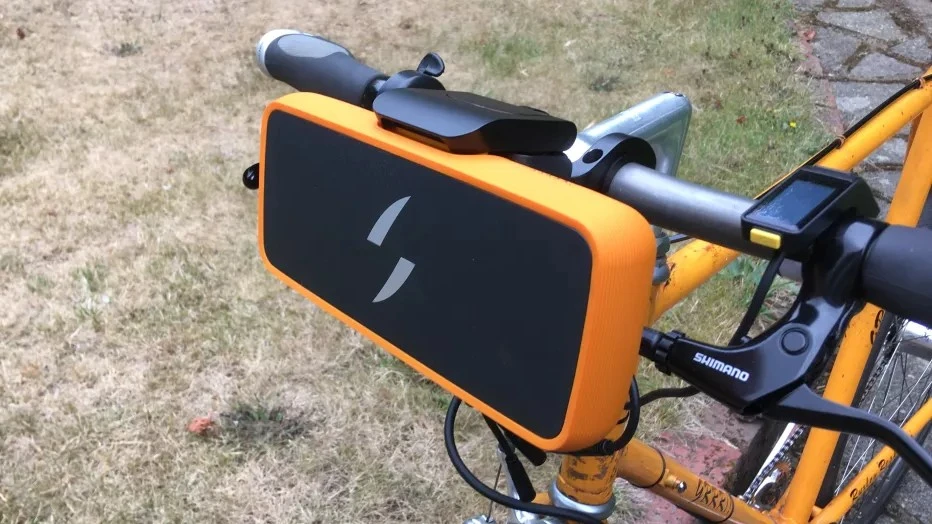
Bicycle electrification means converting a regular bicycle into an electric one. This entails adding an electric motor for pedal assistance. Typically, a torque sensor or speed sensor triggers this assistance, providing extra support to the rider as they pedal. This electrification enhances speed and decreases the physical exertion, making rides smoother and more enjoyable. It’s a favored choice for cyclists, particularly those commuting (velotafing).
What is a pedal motor?
The pedal motor is a widely used electric motor for converting bicycles to electric power. It’s positioned within the pedal axle, between the pedals, for improved weight distribution and a more natural riding experience. Typically, Syklo crankset motor kits are paired with a bike frame-mounted battery. These kits offer assistance corresponding to pedal force, allowing precise speed and effort control.
Why convert your bike to electric?
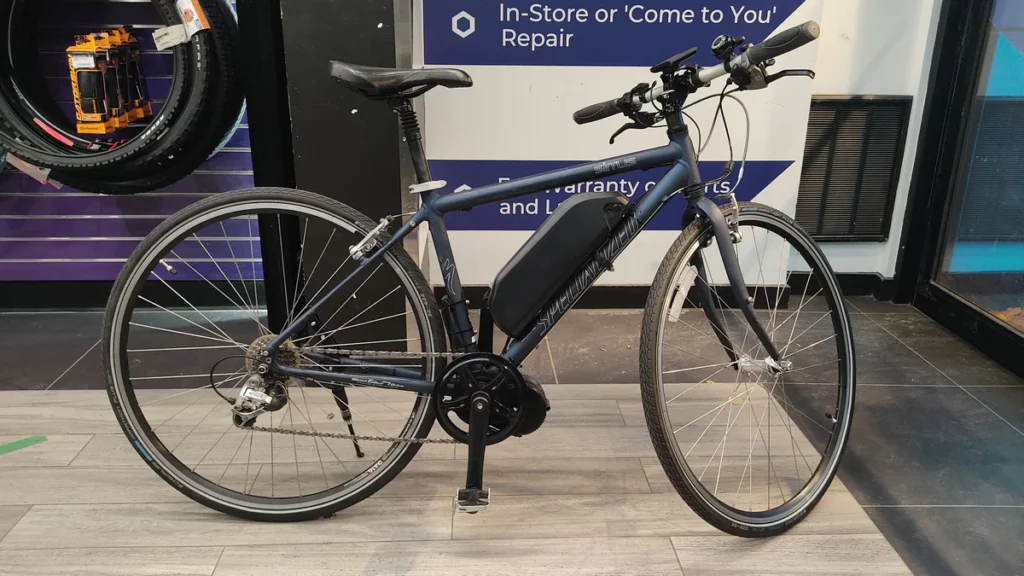
Converting your bike to electric presents numerous compelling reasons. Firstly, it broadens your range and allows you to explore tougher terrains without exhausting yourself. Electric bikes prove invaluable for individuals with health issues or low fitness levels, providing added support on hills or extended trips.
Furthermore, the conversion process is frequently more economical than purchasing a brand-new electric bike. This enables you to reap the rewards of electrification while retaining your beloved bicycle and cutting costs. It grants you the freedom to tailor your electric bike to your liking, both in terms of components and style.
Can I convert a Decathlon bike to electric?
Absolutely, transforming a Decathlon bike into an electric bike is entirely feasible. Decathlon bikes, known for their robust and adaptable frames, lend themselves well to conversions. Most conversion kits in the market can be seamlessly integrated with Decathlon bikes. However, it’s crucial to verify compatibility with your specific bike model prior to making a purchase.
When contemplating the conversion of your Decathlon bike to electric power, there are several essential factors to weigh. Initially, you must decide on the motor type that best suits your requirements. As previously mentioned, pedal-assist motors are favored for their efficiency and performance. Ensure that you select a motor that aligns with your bike model, and carefully review the technical specifications provided by the conversion kit manufacturer.
Following this, you’ll need to affix a battery to your bike. Typically, batteries are affixed to the frame, and it’s important to pick a size and capacity that matches your needs. Confirm that the battery seamlessly fits onto your Decathlon bike and is easily detachable for recharging purposes.
Regarding controls, most conversion kits incorporate a control screen that enables you to configure various parameters, including assistance levels and maximum speed. Make certain that this screen is conveniently accessible and easy to read while you’re riding.
What brakes are needed for an electric bike?
Converting a bike to electric requires careful consideration of the brakes. You must adapt them to handle the increased power and speed. Electric bikes are typically heavier due to the added motor and battery, necessitating brakes that can deliver effective braking to ensure safety.
Many experts recommend using disc brakes for electric bikes due to their enhanced braking capability and resistance to overheating. Hydraulic disc brakes offer improved modulation and a smoother braking experience, while mechanical disc brakes are easier to maintain and adjust. Regardless of your choice, ensure that the disc brakes are appropriately sized to handle the additional weight and speed of your electric bike.
Which tires for an electric bike?
Tires significantly influence the performance and comfort of an electric bike. Electric bikes often cater to longer journeys and varied terrains, so selecting suitable tires is crucial.
Opt for wider tires with sturdy tread on electric bikes; they provide enhanced grip and stability. Tires featuring puncture protection are wise choices to avoid frequent punctures. You have the option of smooth road tires for faster rides on paved surfaces or off-road tires with studs for superior traction on rough terrain.
Regularly monitoring tire pressure is essential for optimal performance. Properly inflated tires enhance the efficiency of your electric bike and ensure a comfortable riding experience.
Converting a conventional bike into an electric one offers an attractive option for those seeking the advantages of an electric bike without investing in a new model. By adding a pedal motor, battery, and other components, you can transform your standard bike into a more versatile mode of transportation, providing pedaling assistance and extending your range.
You might like to read also: How to Install Rubber Handlebar Grips (Easy Steps)
Related Q&A

Q1: Why should you convert a bike to electric, and what are its benefits?
A1: Converting a bike to electric enhances efficiency, reduces emissions, and makes commuting eco-friendly.
Q2: What components are essential for an electric bike conversion?
A2: You need a motor, battery, controller, throttle, and conversion kit.
Q3: How can I choose the right conversion kit for my bike?
A3: Consider your bike’s frame size, wheel size, and the type of terrain you’ll ride on.
Q4: What tools are required for the conversion process?
A4: Basic tools like wrenches, screwdrivers, and Allen keys will suffice.
Q5: Can any bike be converted to electric?
A5: Most bikes can be converted, but check your frame’s compatibility with conversion kits.
Q6: What’s the average cost of converting a bike to electric?
A6: Conversion costs vary but usually range from $400 to $1,000, including all components.
Q7: How difficult is it to convert a bike to electric for someone with limited technical skills?
A7: Beginners can do it with online tutorials and a willingness to learn.
Q8: What maintenance is required for an electric bike after conversion?
A8: Regularly check the battery, motor, and wiring for any wear and tear.
Q9: Are there any legal considerations when converting a bike to electric?
A9: Research local regulations regarding electric bikes, especially speed limits and safety requirements.
Q10: What are the key safety tips for riding an electric bike after conversion?
A10: Always wear a helmet, follow traffic rules, and be aware of your bike’s increased speed and power.


